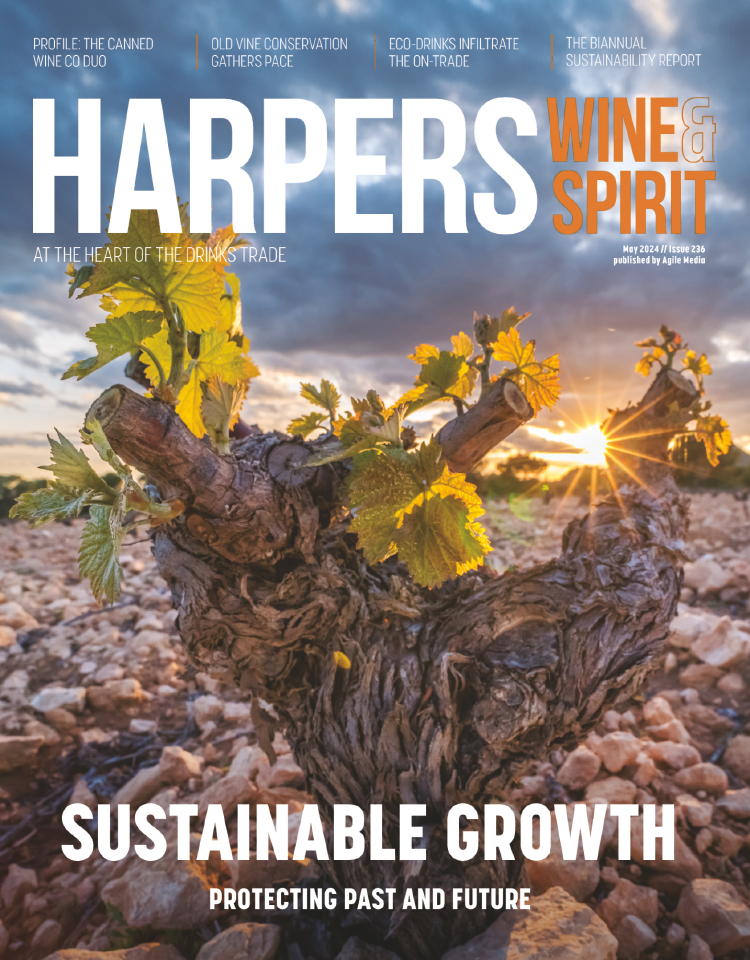
Increased polarisation of Australian wine market widens gap between winners and losers
The Australian wine market is becoming increasingly polarised as many bulk grape producers and grape wine growers appear to be on the brink of collapse, while premium wine producers seem to be growing in both value and volume.
The Australian wine market is becoming increasingly polarised as many bulk grape producers and grape wine growers appear to be on the brink of collapse, while premium wine producers seem to be growing in both value and volume.
Australian state senator Nick Xenophon has been making headlines in Australia this week after warning the health of the wine industry in Australia is at risk because of paralysingly low grape prices.
His remarks reportedly stemmed from a report released by the Winemakers' Federation of Australia that stated less than 15% of Australia's grape growers made a profit last year.
"The industry is doing it very tough. It is not just grape growers who are feeling the pinch at the moment. Winemakers are also suffering low levels of profitability and they have done so for some time," said Paul Evans, the chief executive of the Winemakers' Federation of Australia earlier today in a radio address.
Additionally yesterday the Australian government established a Senate inquiry to look into the Australian wine sector.
Mixed messages
However, according to figures in the Wine Export Approval Report released last month by the Australian Grape and Wine Authority (AG&WA) 2014 was the first time that total wine exports increased on both a volume and value basis since 2007.
The report stated: "In 2014, the volume of total Australian wine exports increased by 1.9% to 700 million litres and value increased by the same rate to AUD$1.82 billion."
According to the AG&WA report though not all producers saw improvements, particularly the Australian bulk wine market which has experienced a particularly challenging period.
Bulk wine battles on
The strength of the Australian dollar for some time hampered the Australia's wine trade. The exchange rate which had remained relatively high through the recession compared to other international currencies, made Australian wine more expensive to import for several of its global customers compared to other global wine producing regions.
Further some are expecting a rise in demand for Australian bulk wine int the coming months. According to Ciatti, a global wine and grape brokerage firm, in its April Global Market Update Report it reports a change in regulation is helping to make Australian wine bulk more competitive to importers.
The report said: " An increase in demand of Australian bulk is expected due to a drop in regulations by AG&WA. AG&WA has removed the bottling hall accreditation required for importers of Australian wine, falling in line with many other countries."
Making it easier for importers could raise demand for Australian bulk wine, which could subsequently help boost prices.
Premium and Ultra-Premium wines are winning
Contradictory to what the bulk wine market has been experiencing, Australian bottled wines have been growing in volume and value due mainly to a higher demand in export markets.
The AG&WA report states: "The bottled average value has increase consistently since the trough in 2010. The average value of bottled export increased 7% to AUD$4.85 per litre, the highest in a decade. This was driven by stronger growth for Australian premium wines (above AUD$7.50 per litre) in North America, Europe and much of Asia."
Above AUD$10 per litre bottled wines saw an increase of 17% to 17 million litres, while the AUD$7.50 to AUD$10 per litre segment increased by 5% to 15 million litres. The above AUD$10 segment in terms of value reached AUD$356 million, which is just below the record high of AUD$371 million set in 2007, according to the AG&WA.
Further, the report stated the ultra-premium segment, which is exports for wine above AUD$50 per litre category, saw an amazing 55% growth, hitting a record amount of value for the category of AUD$107 million.
Keywords:
- wine
- News
- Producers
- Australia
- Bulk Wine
- Sectors
- Asia Pacific Wine News
- Wine Australia
- Analysis & Insights
- HWS - Erin Smith
- Erin Smith







